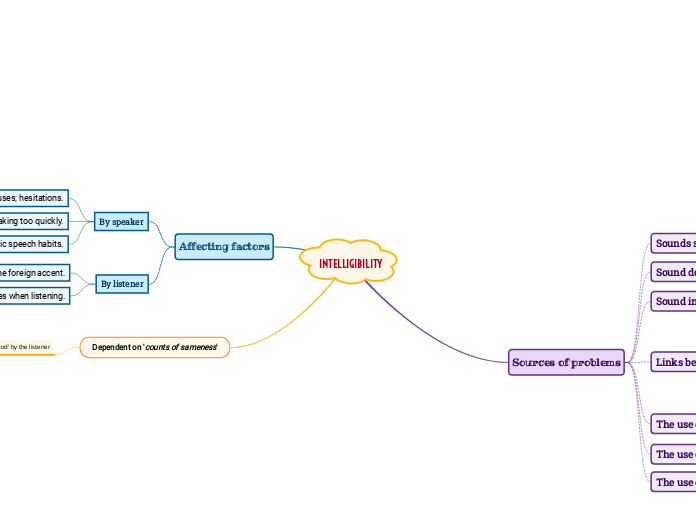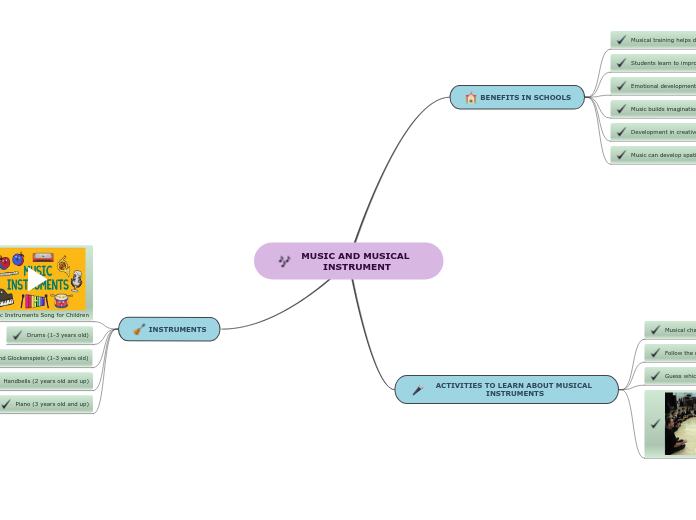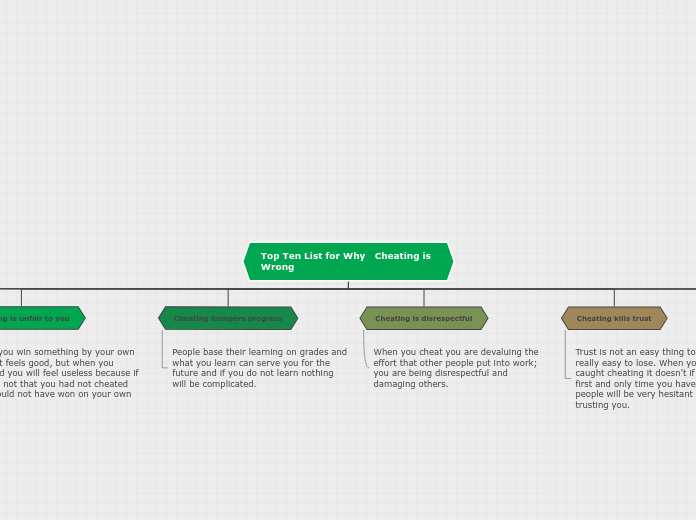arabera Paula Bonina 2 years ago
117
INTELLIGIBILITY
Effective communication requires clear articulation and understanding between speakers and listeners. Intelligibility depends significantly on various factors like rhythmic patterns, stress on syllables, and correct intonation.









